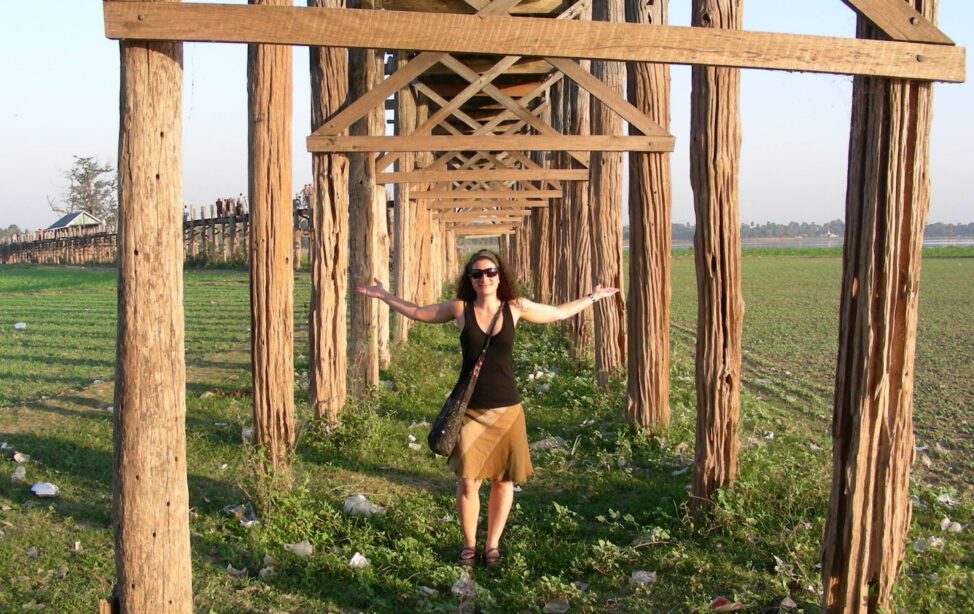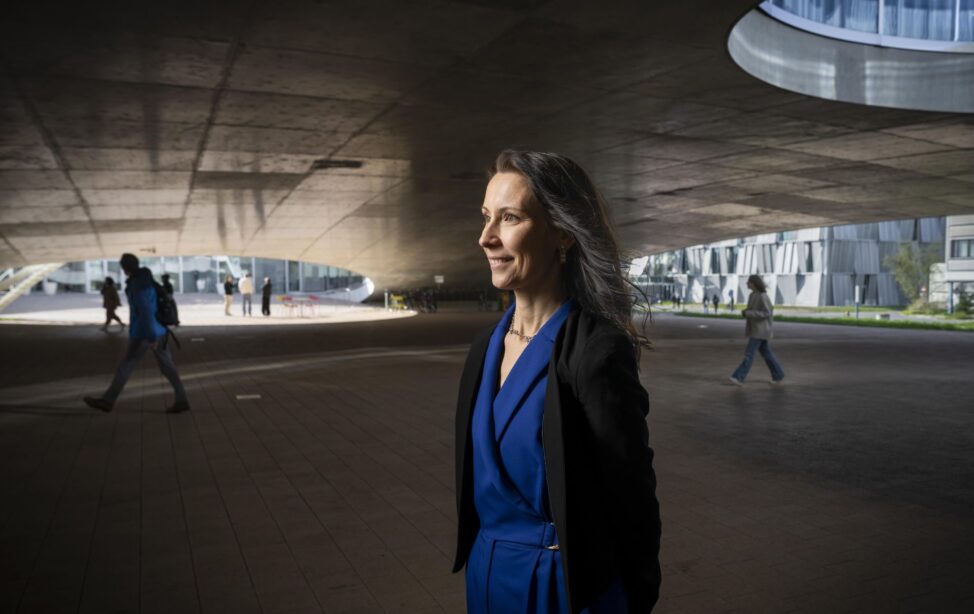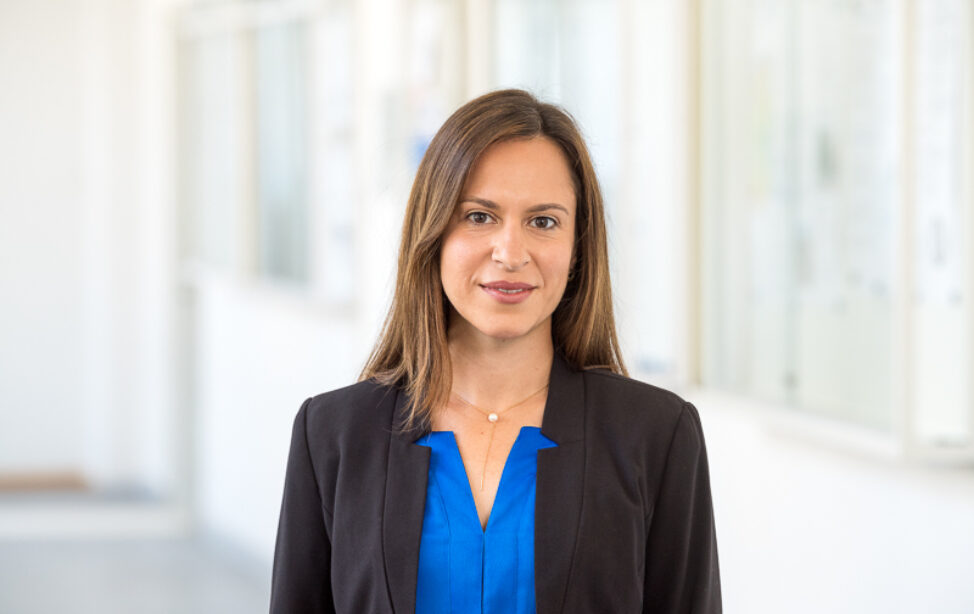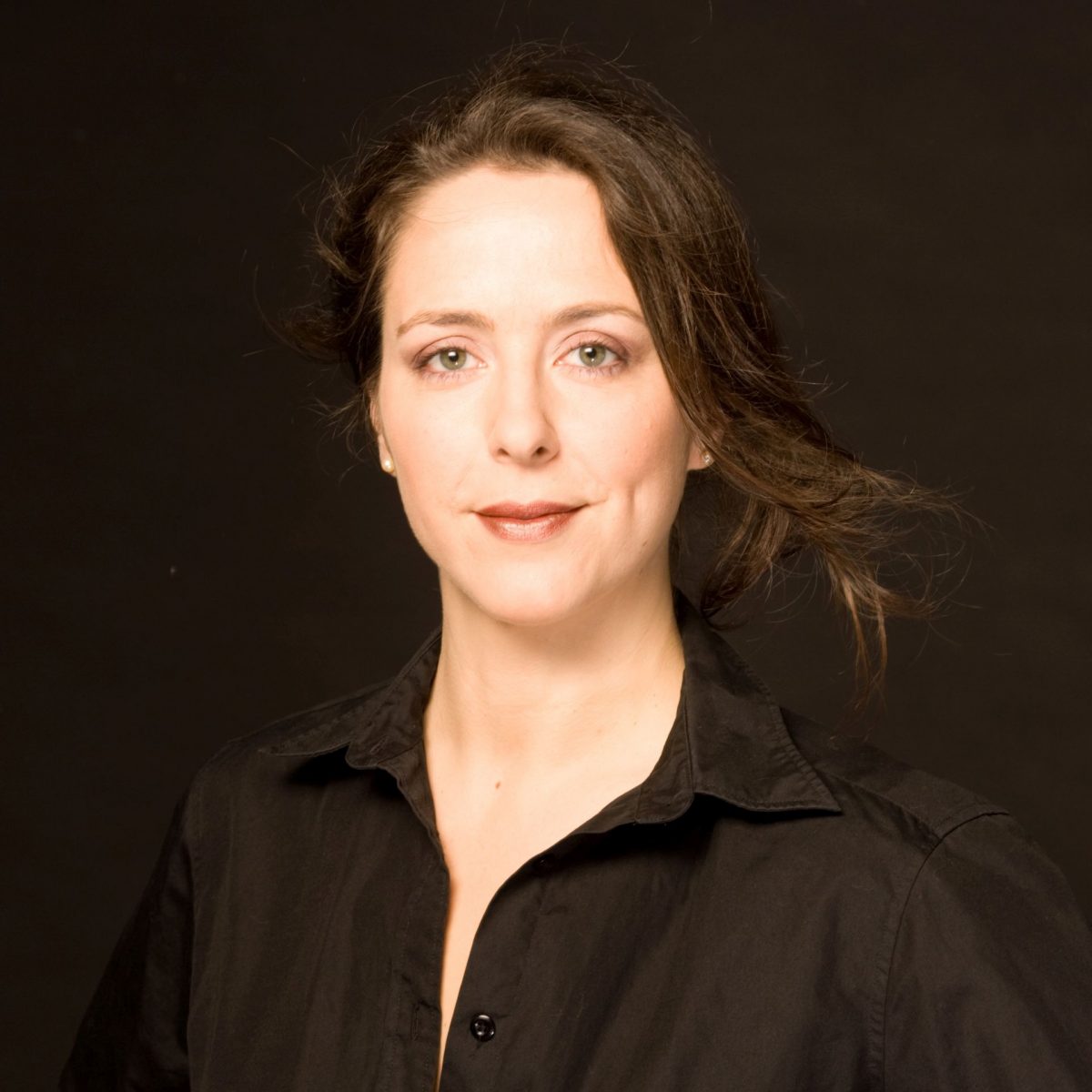
Lavinia Herzog works at the interface between architecture, landscape architecture and design. In her garden, which is her experimental field and relax area at the same time, she gets the best ideas for her innovative projects (Photo: private).
“I Am Interested in the Questions That Lie in between the Different Topics”
A BORN ARCHITECT
After an apprenticeship as a draughtswoman, Lavinia Herzog decided to study Architecture at TUM. “To me, TUM’s Department of Architecture seemed to be one of the best in Germany”, she says about her decision, which in retrospect was just the right one: her time studying was the first phase in her life in which she was able to deal with exactly those things that really interested her.
To me, TUM´s Department of Architekture seemed to be one of the best in Germany.
PASSIONATELY CROSSING BOUNDERIES
After successfully completing her studies, Lavinia Herzog began her professional life as an architect. After several years in the field of Landscape Architecture, she realised how enthusiastic she was about topics touching on both nature and culture. “I am interested in those questions and solutions that lie in between the different topics”, she explains her preference. “I am particularly excited about the balance and the intellectual exchange of interdisciplinary work.”
Without further ado, Lavinia Herzog decided to return to TUM to study Landscape Architecture. “The interdisciplinary curriculum for the Master’s degree, which I had imagined to be perfect for me at the time – it included projects abroad – was offered here in Weihenstephan,” she says.
In 2007 Lavinia Herzog completed her second degree with a thesis supervised by Professor Peter Latz, Emeritus of Excellence at TUM, and since then has been working in the border areas she finds so exciting: as an architect, landscape architect and designer. “My work deals with the balance between old and new, nature and art, matter and space”, she describes her concepts. “I use the questioning and appreciation of the traditional, the respect for the place, the environment and the resources to develop perspectives for the future and to search for innovations.”
INNOVATIVE CREATOR
Lavinia Herzog skilfully integrates historical components or relics of industrial plants into her designs for urban open space concepts in large cities. Here, the open spaces always compliment the planned architecture with respect for what already exists. This approach has been rewarded by coming first in an international competition in Guangzhou. For her hometown of Munich, she designed parks standing on wooden structures. She designed experimental residential buildings as self-sufficient ‘Peaceful Towers’ that ecologically impact the surrounding nature as little as possible. Now the innovative architect is also doing her doctorate on such border areas of design that are located between architecture and landscape. Her love for Italy has led her to the University of La Sapienza in Rome.
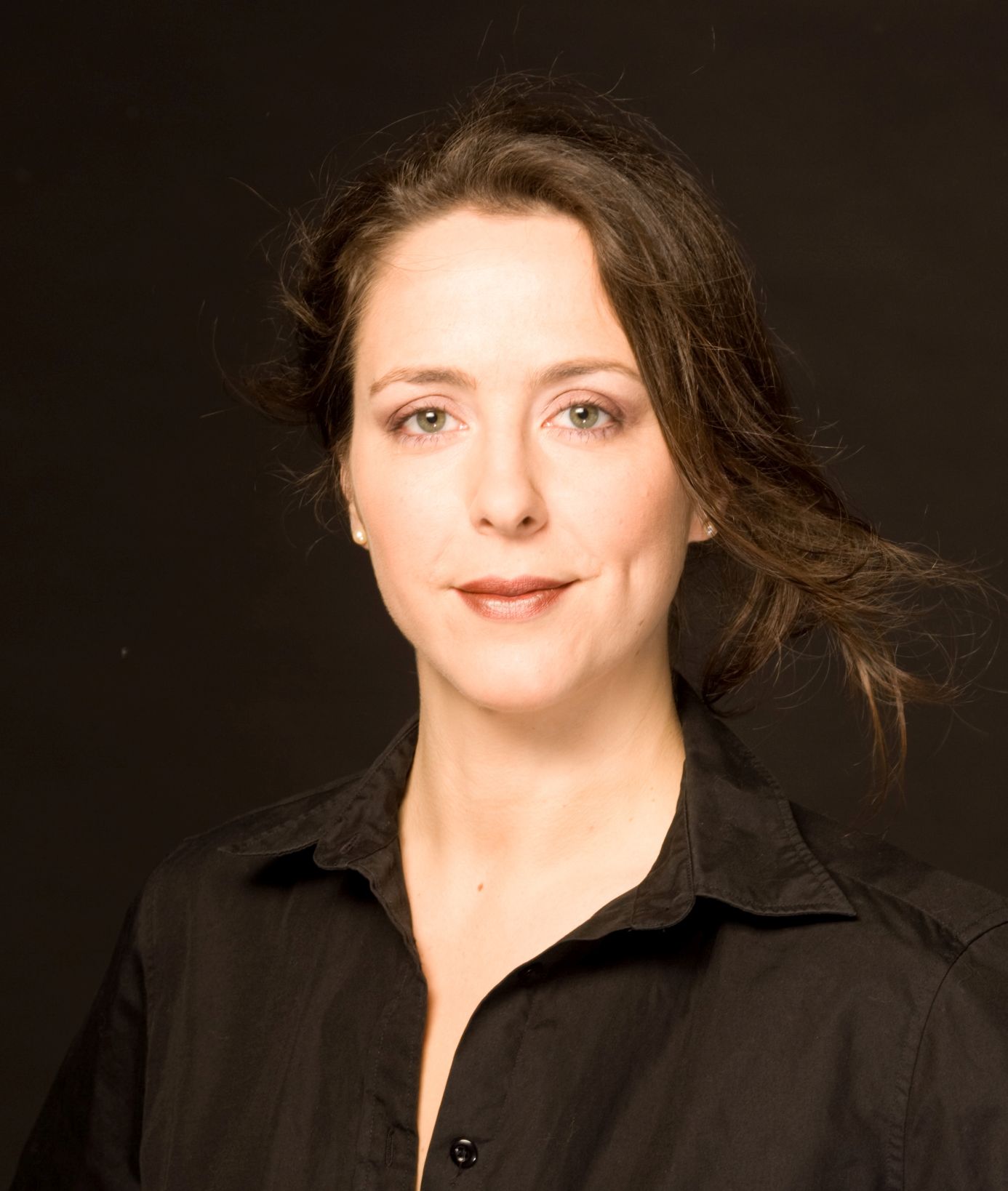
Lavinia Herzog (Picture: private)
Lavinia Herzog
Diploma Architecture 2004, Master Landscape Architecture 2007
After finishing her apprenticeship as a draughtswoman, Lavinia Herzog studied Architecture at TUM and, supported by a scholarship, also for one year at the Universitá degli Studi Roma Tre. She graduated with a diploma in Architecture in 2004, followed by a master’s degree in Landscape Architecture in 2007.
As a TUM Alumna and scientific assistant to Professor Florian Musso at TUM’s Chair of Building Construction and Materials Science (2014-2016), Lavinia Herzog has a long family tradition: her great-grandfather, the two grandfathers, and also her father had studied here and made a name for themselves teaching at TUM.
It is important to Lavinia Herzog that on the one hand she stands in the tradition of the great men of her family, but at the same time she always had room to take her own decisions and go her own pathways. She is currently doing her doctorate at the University of La Sapienza in Rome. She has exhibited her designs at the Study Gallery Poole in Great Britain, the AIA Center of Architecture in New York City and at the Architecture Biennale in Venice.
